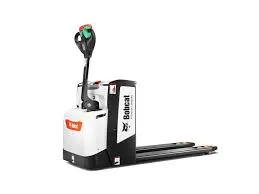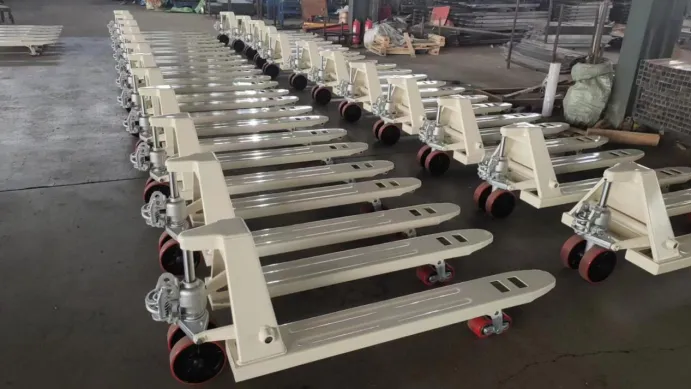When it comes to safeguarding individuals working at heights, anti-fall devices stand as a pillar of safety and innovation. These devices, crucial in construction, maintenance, and other industries involving height-based tasks, have evolved to enhance safety protocols and significantly reduce the risk of falls, which can result in severe injuries or fatalities.

The evolution of anti-fall devices is rooted in extensive research and technological advances that aim to address the myriad challenges faced by workers exposed to fall hazards. Companies continue to invest in engineering expertise to design equipment that not only meets regulatory compliance but also exceeds industry standards. Modern anti-fall devices integrate cutting-edge materials such as high-tensile fibers and alloys, ensuring durability and reliability under extreme conditions.
Personal protection equipment (PPE) manufacturers leverage years of field experience combined with real-world testing to bring innovative solutions to the market. For instance, self-retracting lifelines (SRLs) now feature improved mechanisms that ensure smooth and rapid locking of the line during a fall, thereby minimizing the risk of injury. These systems are meticulously engineered to offer a balance between mobility and security, a critical factor for user acceptance and utility.

The trustworthiness of anti-fall devices is further reinforced by certifications from reputable bodies such as the Occupational Safety and Health Administration (OSHA) and European standards like EN 360 for fall arrest systems. These certifications serve as a benchmark of quality, reassuring consumers of the device's credibility and efficacy. Additionally, companies frequently engage in third-party testing and audits to verify their products meet or exceed these rigorous standards.
anti-fall devices
While technological robustness is paramount, user education and training constitute the core of effective anti-fall strategies. Workers must be well-acquainted with the proper use, maintenance,
and limitations of each device. Manufacturers often provide comprehensive training materials and sessions as part of their service, ensuring that end-users are not only equipped with superior products but also with the necessary knowledge to maximize their benefits.
Field studies and incident reports consistently highlight the impact of anti-fall devices in real-world scenarios. Statistics indicate significant reductions in fall-related incidents in sectors that have embraced comprehensive fall management systems. By routinely analyzing data from workplace falls, manufacturers can pinpoint areas for improvement, leading to continuous advancement in anti-fall technology.
Companies offering anti-fall solutions enhance their authoritativeness by collaborating with industry experts and engaging in research initiatives. These partnerships aim to refine existing products and pioneer new technologies that align with the latest safety research. For consumers, this represents a commitment to quality and innovation, positioning these brands as leaders in occupational safety.
In conclusion, anti-fall devices are more than mere equipment; they symbolize an essential commitment to workplace safety, supported by expertise, credible research, and continuous development. As industries evolve and new challenges arise, the ongoing enhancement of anti-fall technology will remain crucial in protecting lives and ensuring a safe working environment for all.








